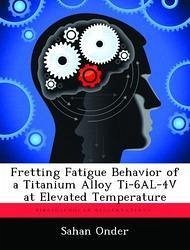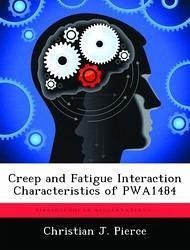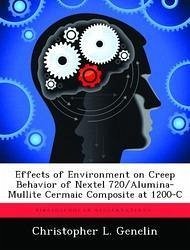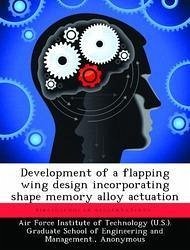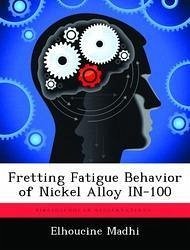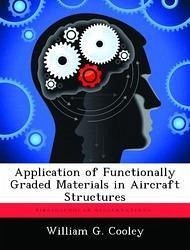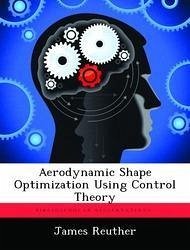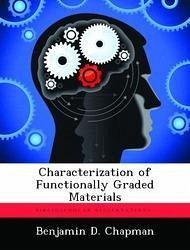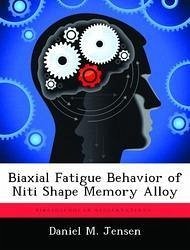
Biaxial Fatigue Behavior of Niti Shape Memory Alloy
Versandkostenfrei!
Versandfertig in über 4 Wochen
52,99 €
inkl. MwSt.
Weitere Ausgaben:

PAYBACK Punkte
26 °P sammeln!
Nitinol is a shape memory alloy (SMA) capable of martensite-to-austenite phase transformations enabling shape-memory behavior. Shape-memory properties make Nitinol a strong candidate material for use in aircraft applications such as actuators. Structural integrity and reliability of torque tube actuators must be assured before this material can be used in flight-critical components. Thorough understanding of the fatigue response of the material is essential for a structurally-sound SMA actuator design. The present effort investigates pure torsion and combined tension-torsion fatigue behavior o...
Nitinol is a shape memory alloy (SMA) capable of martensite-to-austenite phase transformations enabling shape-memory behavior. Shape-memory properties make Nitinol a strong candidate material for use in aircraft applications such as actuators. Structural integrity and reliability of torque tube actuators must be assured before this material can be used in flight-critical components. Thorough understanding of the fatigue response of the material is essential for a structurally-sound SMA actuator design. The present effort investigates pure torsion and combined tension-torsion fatigue behavior of Nitinol at room temperature. Monotonic tests in tension and torsion were conducted to typify uni-directional stress-strain behavior. Fully-reversed torsion fatigue tests were conducted with shear stress ranges of 416, 584, 674, and 1310 MPa. In fully-reversed biaxial fatigue tests, a shear stress range of 500 MPa was superimposed on the axial stress ranges of 250, 500, 1000, 1120, and 1500 MPa. Fatigue behavioral characteristics, including fatigue S-N curves were established. Fatigue lives obtained in torsion-dominated biaxial tests were similar to those obtained in pure torsion. Conversely, tension-dominated biaxial fatigue was significantly more damaging, resulting in decreased fatigue lives. Applicability of von Mises criterion to correlating uniaxial and biaxial test results was examined. Evolution of stress-strain behavior with cycling is discussed.





